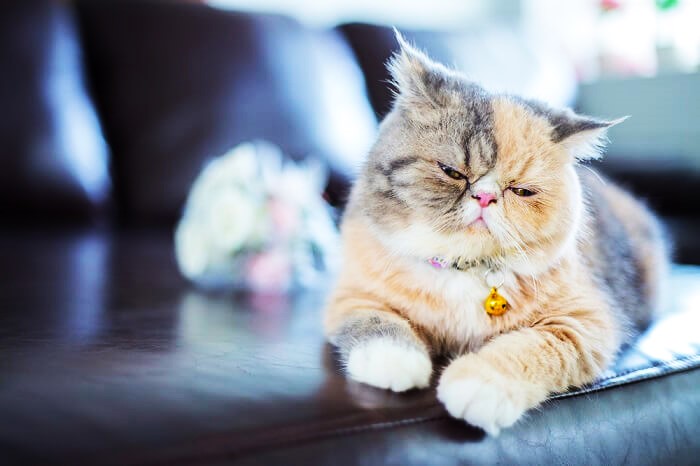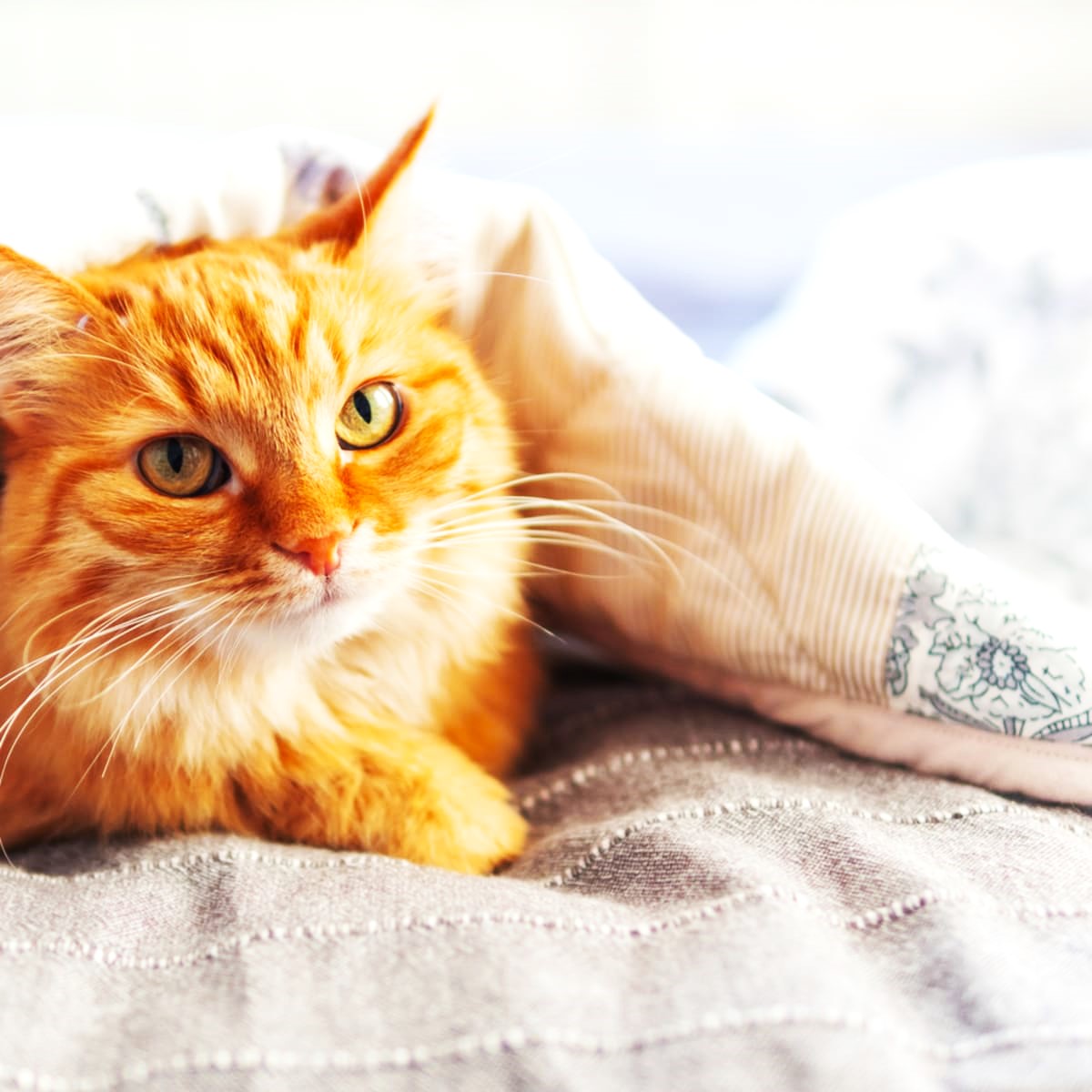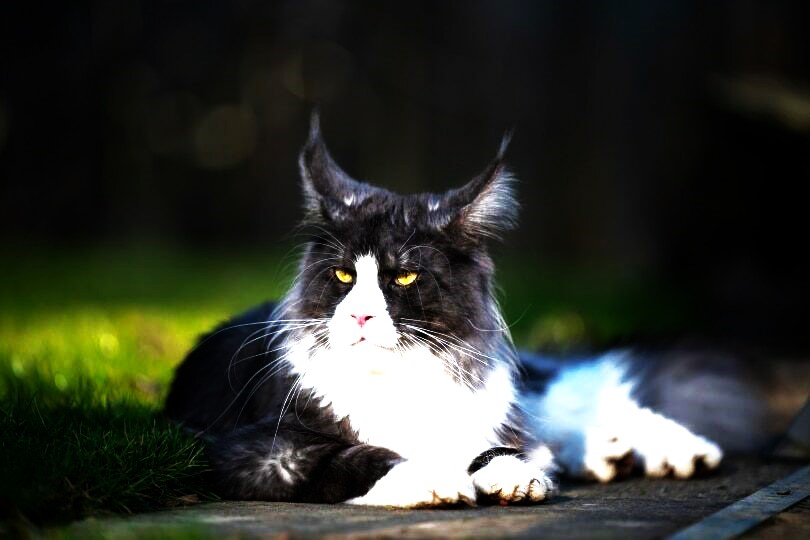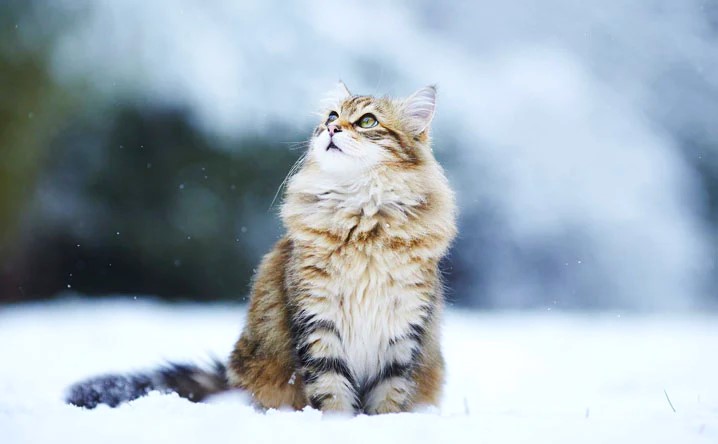When you toss your cat a ball or dangle a string, does it just sit there staring at you? You might worry that play provides your cat with the stimulation and exercise it needs. Find out why it seems like your cat doesn’t want to play and what you can do about it.
Cats come in a variety of personalities and activity levels by nature. All kittens enjoy playing, but their enthusiasm for intense games peaks between the ages of 4 and 5 months, after which it starts to wane. Cats usually divide into two main categories as they get older: the lap-sitters who like less activity and the ankle-rubbers who keep playing. There are methods for promoting activity, which is beneficial to the body and the mind. The H.I.S.S. test can be used to assess if there are any additional problems that may be influencing cats’ behavior.

HISS Exam
Well-being
Activity levels are undoubtedly influenced by health. Arthritis is one age-related condition that can make play less enjoyable. Any health issue that causes the cat to feel unwell—intestinal worms, for instance—may cause the cat to become less active.
innate
Hunting is modeled by cat play. Paw-patting and chasing come from movement. Kittens can amuse themselves and enjoy playing by themselves. While playing with their toys and running after human feet is a lot of fun, adult cats require more focused attention. Toys for cats are usually only as good as the person using them.
Emphasize
Cats that experience stress of any kind, especially from abrupt changes, may become less active. Cats who are stressed out won’t want to play.
Signs and symptoms
Any alterations to your cat’s typical behavior may indicate a medical issue. Consult your veterinarian if your cat is usually active and playful but has suddenly become sedentary or uninterested in playing. A medical examination may identify a treatable condition, such as a urinary tract infection. You can search for more efficient ways to encourage play if your cat is in good health.
Promoting Play
The crazy playthings of kittenhood are beyond the capabilities of an adult cat. The cat might not be inclined to play independently and instead have the demeanor of a lap pet. It’s possible that the cat genuinely enjoys watching you act like a cat and play games with her on “kitty TV.” But it’s possible that you haven’t yet discovered the ideal cat toy.
Though some cats do not react to catnip, you may have tried catnip toys. Thirty percent of cats don’t give a damn. Because fresh catnip is so much more potent, it could win over a previously uninterested cat. Go get some growing catnip at a pet supply store. If your cat responds better to the real thing after crushing a leaf, try it. There are many different potencies of catnip, and it can go bad very quickly. To give the toys a boost, place some of the toys inside a bag filled with extremely strong catnip.
For toys to capture your cat’s interest, they must move in an intriguing manner. Try these suggestions for ideas. Pick up a packet of pheasant feathers by going to a pet supply store or even a hobby store. Seldom can cats resist them. The feather can be held above for the cat to grapple, or it can be “snaked” along the floor for the cat to chase. Some cats get very excited when they play a game with a feather that “disappearing.” The long feather or a piece of yarn should be threaded underneath an old shirt or pillow, and it should be slowly pulled so that it “hides” in front of the cat’s eyes. The cat may lose its mind attempting to seize it before the feather vanishes.
Many cats find great pleasure in playing with fishing pole lure toys. Go for the “Da Bird” toy with a fluttering feather on the end of the line that flies through the air instead of the boring yarn. These lure toys and variously styled feather wands known as “cat teases” are available at cat product stores. Some pique cats’ curiosity with bells, shiny mylar, rattles, and other features. Or experiment with other inexpensive thrills using DIY toys.




